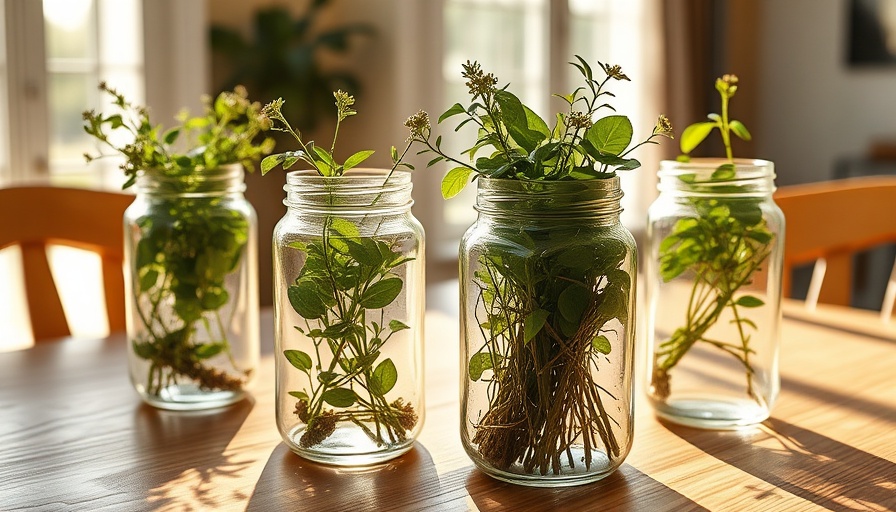
The Hidden Power of Self-Discipline
In our fast-paced world, self-discipline often conjures images of rigid routines and relentless to-do lists. But what if we could redefine self-discipline as a gentle guide towards our goals instead of a harsh taskmaster? Fostering self-discipline doesn't have to come at the expense of our peace. In fact, it can lead us to a more fulfilling life. This article explores six actionable steps to cultivate self-discipline while maintaining tranquility.
Understanding Self-Discipline
Self-discipline is more than just willpower; it involves self-leadership, the ability to steer oneself toward desired outcomes even amid distractions. By laying a foundation where discipline means making consistently positive choices, we create an environment where the right decisions become habitual, alleviating stress.
Breaking the Hustle Mentality
Today's culture often glorifies busyness, confusing discipline with an endless cycle of work and pressure. This relentless hustle mentality can lead to burnout. Peaceful discipline is intentional and sustainable, allowing us to live purposefully rather than merely being productive. It's time to reframe our understanding of what it means to be disciplined.
Tip 1: Start with Clarity of Purpose
To foster genuine self-discipline, begin with asking yourself why certain goals matter. Establish a connection between your actions and core values—this alignment is crucial. Ask reflective questions like, "What do I truly value?" or "How do I want my daily life to feel?" Sorting out these intrinsic motivations will make the journey feel less burdensome.
Tip 2: Begin Small and Sustainable
The road to discipline does not require monumental changes. Embrace small, sustainable actions, as these are often more effective. Activities like five minutes of journaling or decluttering can build consistency without overwhelming yourself. Incremental improvements accumulate, leading to significant transformations.
Tip 3: Embrace Rhythms Over Rigid Routines
Routines can suffocate creativity and spontaneity. Instead, consider developing personal rhythms—structured but flexible flows that provide guidance without constraint. For instance, cultivate a morning rhythm centered around "move, nourish, prepare" without strictly timing each activity.
Tip 4: Balance Accountability with Self-Compassion
While discipline necessitates commitment, it equally demands self-compassion. Missing a day or slipping up shouldn't lead to self-condemnation but rather an understanding of life’s ebb and flow. Embrace setbacks as opportunities for learning, adjusting your approach instead of viewing it as outright failure.
Tip 5: Protect Your Peace Through Boundaries
Developing self-discipline sometimes entails protecting your energy by saying no. Set healthy boundaries that conservatively govern your time and commitments. Learning to prioritize what truly serves you helps in nurturing that inner peace.
Looking Ahead: The Transformative Journey of Self-Discipline
Implementing these steps may not lead to immediate perfection, but they can profoundly affect your quality of life. As you embark on this journey towards establishing self-discipline without sacrificing peace, remember: it is about the balance between effort and ease. Re-think self-discipline as an empowering practice that champions your core values, leading to a more authentic life.
Conclusion: Cultivate Your Peaceful Discipline
Are you ready to embrace self-discipline as a pathway to fulfilling your life goals while preserving your peace? Start small and measure your progress not just by productivity, but by the sense of fulfillment you experience daily. Take the first step today, and craft a life that reflects your true values.
 Add Row
Add Row  Add
Add 




Write A Comment